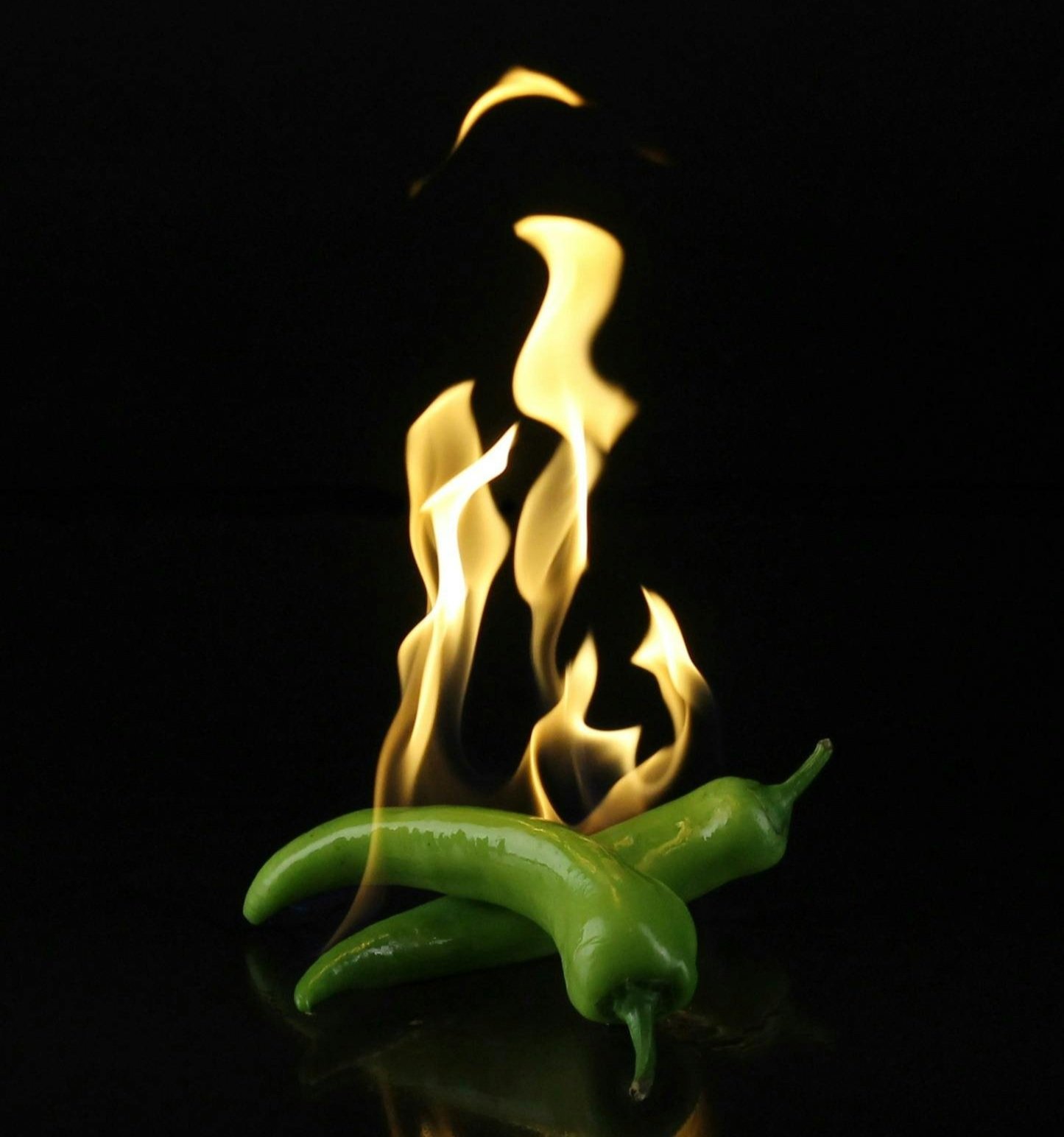The Problem
Spice adds a great element to any cuisine. For some regional dishes, spice is the main attraction! However, the consequences of this experience can lead to serious side effects, including diarrhea, heartburn, Dyspepsia, and Anusitis.
These side effects can be mitigated by changing recipes, trying different drinks, or removing spice from your diet. However, in doing so, the enjoyment is lost!
So…
How does SpiceAid™ allow us to enjoy the flavor of spicy food without side effects?
The Solution
The spicy sensation we feel results from the spice molecule, Capsaicin, triggering a pain receptor, called TRPV1, in the mouth.
These same pain receptors exist in the esophagus, stomach, intestines, and anus, which, when triggered, cause us to feel those negative side effects.
SpiceAid works by trapping Capsaicin molecules after they leave the mouth. This allows Capsaicin to bypass the receptors in the stomach, gut, and anus, reducing the negative side effects. However, because we don’t affect the flavor, you can still taste the spice and enjoy the food!
Capsaicin
TRPV1 Receptor
The Studies
Please find the following links to the studies that informed the creation of SpiceAid. Please feel free to reach out to us with any questions!
-
This article informs the relationship between Capsaicin and its effects on the gastrointenstinal system.
Please see the link here: LINK
-
This study evaluates the effect of capsaicin on heartburn, dyspepsia, and gastric acidity to test the hypothesis that capsaicin induces heartburn and exacerbates symptoms by sensitizing the oesophagus
Link: HERE
-
This study is aimed at determining whether capsaicin infusion could influence heartburn perception and other effects.
Link: HERE
-
This study showed certain proteins help reduce the burning sensation from capsaicin. A 5% protein solution was much better than water at easing the burn.
Link: HERE
-
High doses of capsaicin (CAP) caused noticeable inflammation and damage to the intestines in mice. This inflammation was linked to higher levels of certain neuropeptides and short-chain fatty acids, indicating that changes in gut bacteria are likely involved.
Link: HERE



